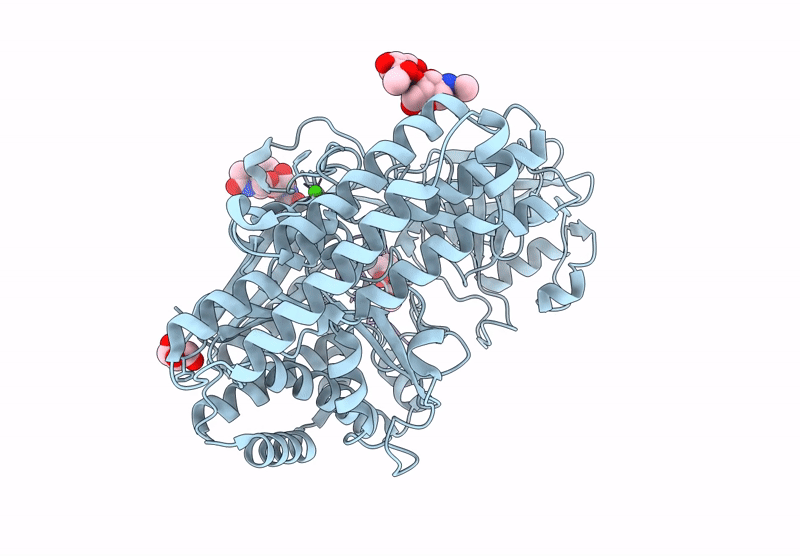
Deposition Date
2024-08-15
Release Date
2025-04-30
Last Version Date
2025-04-30
Entry Detail
PDB ID:
9GH7
Keywords:
Title:
Complex of human TfR1 with a potent bicyclic peptide
Biological Source:
Source Organism:
Homo sapiens (Taxon ID: 9606)
synthetic construct (Taxon ID: 32630)
synthetic construct (Taxon ID: 32630)
Host Organism:
Method Details:
Experimental Method:
Resolution:
2.08 Å
R-Value Free:
0.23
R-Value Work:
0.19
Space Group:
P 41 21 2


